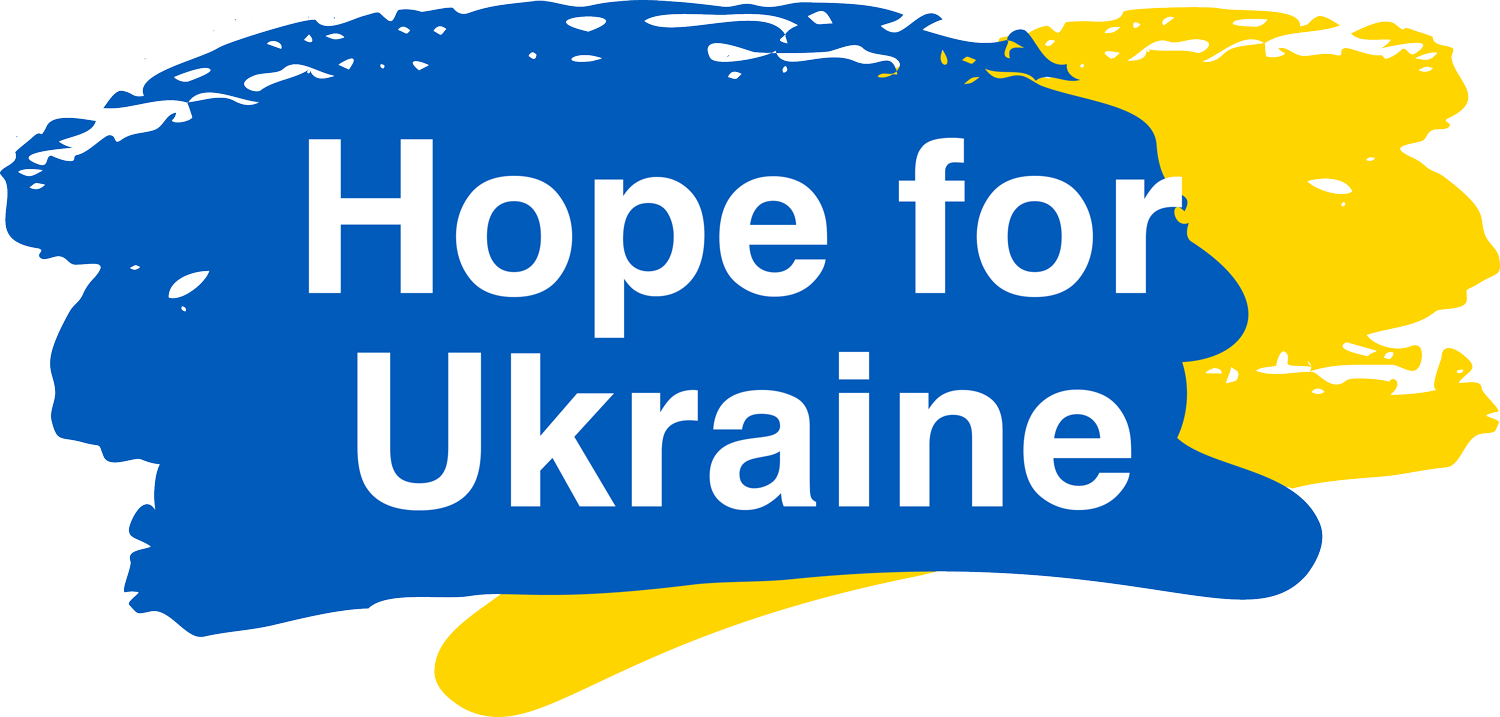That old song title typically also applies to most children under the age of five, as they try to figure out what the adults in their world expect of them. It can be a confusing world for young children – AND for their parents and the adults who work with them. We WANT to teach them behavior that our society think is acceptable – but what is the most effective way to do it?
The debate about “spare the rod, spoil the child” is pretty much in the rearview mirror. Numerous studies have demonstrated that spanking is one of the least effective ways to teach children the social rules. The American Academy of Pediatrics is pretty emphatic that spanking does more harm than good, with lasting damage to many children (http://www.apa.org/monitor/2012/04/spanking.aspx, The Case Against Spanking By Brendan L. Smith, April 2012, Vol 43, No. 4, Print version: page 60) Yet many adults remember being spanked as children and maintain “I turned out OK” – or even “spanking kept me in line”. What goes unsaid is how much MORE “OK” they might have turned out without being spanked, or how more quickly and consistently they would have stayed “in line” with other methods of teaching our social rules.
So, how DO we approach helping children learn the behavior we want to see, and helping them to stop behaving in ways we don’t like? Let’s start with our goals. We want children to be aware of others, to treat others with compassion and caring, to be respectful of others, and their belongings. Beyond that come the individual differences from one family to the next.
When children are born, they have no idea what the social rules are – and, to be honest, those social rules are not consistent from one culture to another, or even from one family to another (at home we can stand on the couch, but not at Grandma’s). Babies, toddlers, and young children under the age of five are learning so many things – how to communicate, how to move their bodies, how the world works, and yes, how to be with other people. And, like most scientists, they are experimenting all the time. Babies experiment with sounds, words, and gestures, and of course, how words come to stand for real things (why reading is so important). They are figuring out the laws of gravity, the sounds of wind in the trees, dogs barking, cats meowing, and how you can move in time to music. They are figuring out how to roll over, crawl, sit, stand, walk, run, jump, and use their fingers and hands to feed themselves, hold a crayon, a paintbrush, or a piece of chalk to create amazing artwork.
And, they are learning what is and is not ok when they are with other people. How often do we hear an adult say “He knows what ‘no’ means”?. Well for a baby or a toddler, “no” means stop for a minute to figure out the next step. Is it “no, you cannot go outside right now because it is raining (but tomorrow will be fine)” or “no, you cannot touch the stove because it is hot (but it is ok to go outside tomorrow even if it is a hot day) or “no, you cannot play with your drum today because Daddy has a headache, but when Grandma comes it will be ok”. Or, no, you cannot ever, ever, ever go into the street without holding a grown-up’s hand”. These little ones have a lot to figure out!
So, if we want to give our little ones consistent messages, it helps for the adults to have agreement about the rules. If we can basically narrow our message down to basics, it helps. Some ideas include:
You cannot do things that will hurt yourself.
You cannot do things that will hurt others.
You cannot do things that destroy property.
Additionally, we usually have a goal that we want children to develop empathy for others, and a generosity of spirit (more on generosity of spirit and sharing in another blog). Now we want to figure out the next step – if we know our goals, we want to develop strategies to help them
This is where setting limits and discipline comes in. Zero to Three has many excellent resources about specific issues (https://www.zerotothree.org/early-learning/discipline-and-limit-setting). Discipline – so many adults equate discipline with punishment, including corporal punishment, but in reality, the root of the word discipline comes from disciple – learner. And learning, for all of us, is most effective when we do NOT fear punishment, but instead receive guidance to point us toward the right direction.
When the adult is the ally and advocate of the child’s learning, the learning is less stressful and more effective for the child and the adult. So, how do we become allies and advocates? We start with modeling the behavior we want to see in the child.
If we use “please, thank you, I’m sorry, excuse me” and a respectful and polite tone of voice, we are very likely to see these behaviors in the child more quickly than the demand to “say you’re sorry”. I have seen that backfire so often – a child is angry and upset that another child takes their toy and hits or bites them. The immediate demand is for the child to apologize. Next time, the child hits, and before the adult can intervene. And insincere “I’m sorry” comes out of the child’s mouth and we are done, right? Instead, encouraging empathy by observing the friend is crying, and what can we do next time the child takes your toy? With suggestions – Get help from an adult. Tell the friend you weren’t done with it, try to offer a trade. Let the child choose the solution.
What about the child who is checking on limits – yes that is not really misbehavior, it is figuring out the rules. Rules are enforced differently by different adults in different circumstances. In order to understand we don’t sit on tables, and we DO sit on chairs, we first have to figure out what is the difference – a coffee table is the same height as a chair - one is for sitting, another is not. And just when we we think we understand the rules– we walk into a room and Daddy is standing on a chair, changing a light bulb! (Aha! We can stand on chairs when it is dark!! )
What is a chair?
So as we are helping a child understand we never, never stand on chairs, and we never sit on tables, we have to be sure we are consistent – grabbing the appropriate step stool to change the light bulb, not picking up the child and setting them on the table in order to make it easier to tie their shoes. Again, we begin with modeling. But we don’t stop there.
Most effective in helping a child understand our social rules is setting up natural consequences – things that happen when a child is challenging a social rule a consequence that ties into the behavior is most effective. We throw balls, not books. Oh, you forgot the rule about not throwing books. We are going to put the books away and you can try again to remember later. Oh, the toys didn’t get put back in the toy box after you were done with them. Mommy thought you didn’t want them any more, so she put them away. Maybe we will try again tomorrow and see if you can remember.
And now comes the greatest challenge to adults working with young children. In the early childhood field we call them “transitions”. It is when children are moving from one activity to another. In groups, or even with one or two children it is the time that things go awry most often. It is the hardest time for little ones to figure out the rules, and are most likely to “run amuck”. Most effective for making these transitions is to begin with a warning. Some children need a 5 minute, 3 minute, 1 minute warning to make the transition, with guidance at each warning – first we are going to stop doing this, then we are going to go over there and do that. Next, we are most effective when we make the transition fun. Can we walk like a duck, and elephant, fly like a bird to go from here to there”. If you are comfortable making up a song (I know, many adults are not, but most kids are not voice critics), that sings “We have been reading books. We have been reading books, we have been reading books. NOW we are going to play outside, we will get gleeful cooperation.
What is the bottom line in helping little ones learn the rules? We need to be their consistent allies in learning all the rules we expect them to learn. This means we absolutely must be firm about the rules, and when those rules are challenged, there must be consistent consequences that reinforce the rule. A child who is being punished spend their time focusing on the punishment and how unfair the punisher is being. Even a harsh tone can feel like punishment to a child. A child who has an ally in learning the rules focuses on their behavior and how to do better next time. It doesn’t happen automatically, or overnight.
A child doesn’t learn language in a few weeks, or how to read in a few days. The child doesn’t learn all the scientific ideas in the world in their first 3 years of life, and doesn’t go from rolling over to jumping in a few days. Nor do they figure out the social rules immediately. The adults in this child’s life must be gentle yet firm and consistent, modeling and demonstrating the behavior we want to see in the child, while remaining their advocate in understanding how complex their world really is. Have patience, and more than that, have joy in the learning that is a part of each child’s life!
Bobbie Edwards, M.A. Human Development
Early Childhood Specialist
Pacific Oaks College









